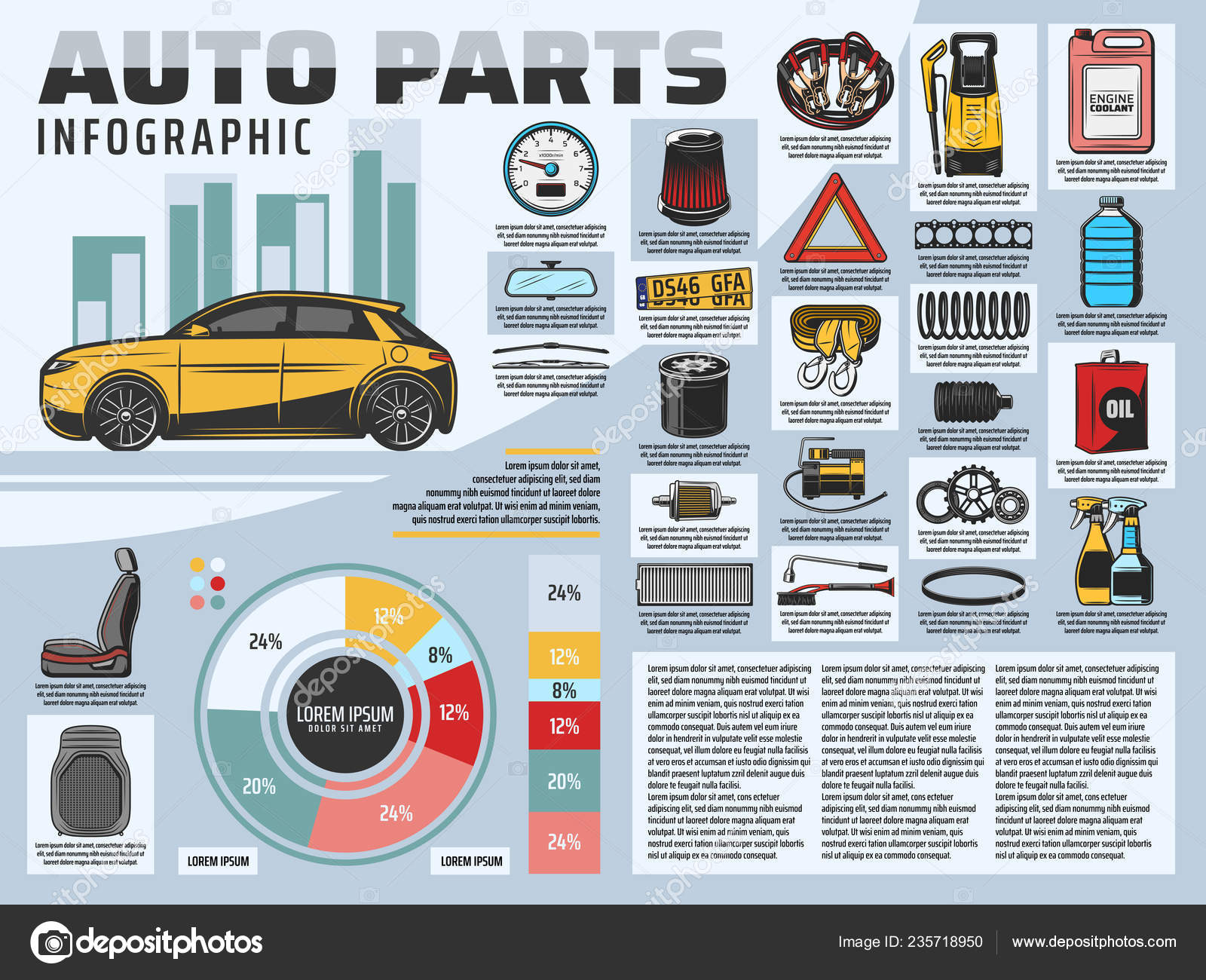Realizing The Relevance Of Your Automobile'S Warning Signals: What They Actually Represent
Realizing The Relevance Of Your Automobile'S Warning Signals: What They Actually Represent
Blog Article
Team Writer-Termansen Stark
When you lag the wheel, those glowing warning lights on your control panel can be a little bit bewildering. Do you know what they're attempting to tell you regarding your vehicle's health? Comprehending the relevance of these lights is crucial for your security and the longevity of your car. So, the following time one of those lights appears, wouldn't you intend to decode its message precisely and take the essential steps to resolve it?
Common Warning Lighting and Interpretations
Recognize common warning lights in your auto and understand their significances to ensure secure driving.
One of the most normal caution lights include the check engine light, which signifies problems with the engine or discharges system. If this light comes on, it's important to have your vehicle inspected quickly.
The oil stress advising light shows low oil stress, needing instant interest to stop engine damages.
A blinking battery light might recommend a faulty billing system, possibly leaving you stranded if not dealt with.
The tire stress monitoring system (TPMS) light informs you to low tire stress, impacting automobile security and fuel performance. Disregarding this might lead to unsafe driving problems.
The ABS light shows a trouble with the anti-lock stopping system, compromising your ability to stop swiftly in emergency situations.
Last but not least, the coolant temperature advising light warns of engine getting too hot, which can result in severe damage otherwise dealt with quickly.
Comprehending these typical caution lights will assist you attend to issues without delay and preserve safe driving problems.
Importance of Prompt Attention
Understanding the common caution lights in your automobile is only the first step; the significance of quickly addressing these warnings can't be stressed sufficient to ensure your safety and security when driving.
When a warning light brightens on your dashboard, it's your car's means of connecting a prospective problem that requires focus. Neglecting these cautions can lead to extra severe troubles in the future, endangering your safety and security and possibly costing you more out of commission.
Prompt attention to alerting lights can prevent breakdowns and crashes. For https://caroilchange49493.sharebyblog.com/31100391/specialist-discussion-vital-vehicle-outlining-strategies-from-an-industry-professional , a blinking check engine light can suggest a misfire that, if left ignored, might create damages to the catalytic converter. Resolving this immediately can conserve you from a pricey fixing.
Likewise, visit this website link advising light could indicate reduced brake liquid or worn brake pads, critical elements for your safety and security when driving.
Do It Yourself Troubleshooting Tips
If you observe a warning light on your control panel, there are a few do it yourself repairing ideas you can try before seeking professional help.
The initial step is to consult your auto's manual to recognize what the certain caution light suggests. Occasionally the concern can be as straightforward as a loose gas cap activating the check engine light. Tightening up the gas cap might deal with the trouble.
One more typical issue is a low battery, which can activate different cautioning lights. Checking the battery links for deterioration and guaranteeing they're safe and secure might take care of the problem.
If a caution light continues, you can try resetting it by detaching the vehicle's battery for a couple of mins and afterwards reconnecting it. Furthermore, examining https://driversclassnearme39517.blogadvize.com/38258298/basic-tools-called-for-in-every-automotive-repair-work-workshop , such as oil, coolant, and brake liquid, can help repair alerting lights related to these systems.
Conclusion
To conclude, understanding your automobile's caution lights is essential for keeping your vehicle running smoothly and safely. By promptly dealing with these informs and recognizing what they imply, you can prevent pricey fixings and potential break downs.
Keep in mind to consult your auto's guidebook for certain information on each warning light and do something about it appropriately to guarantee a hassle-free driving experience.
Keep educated, remain safe when driving!
